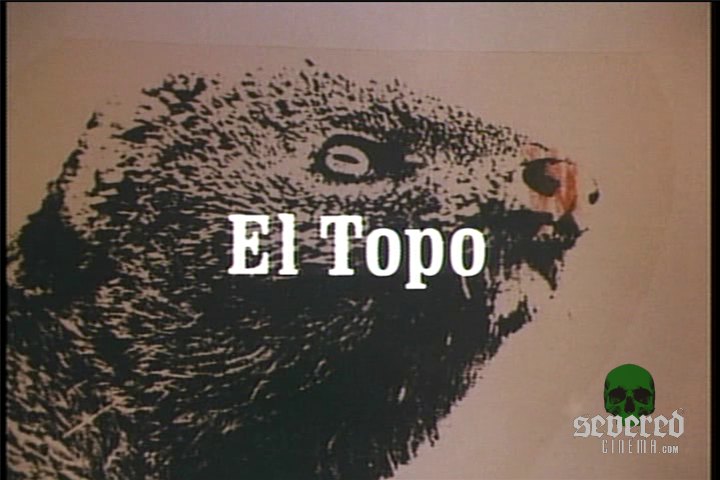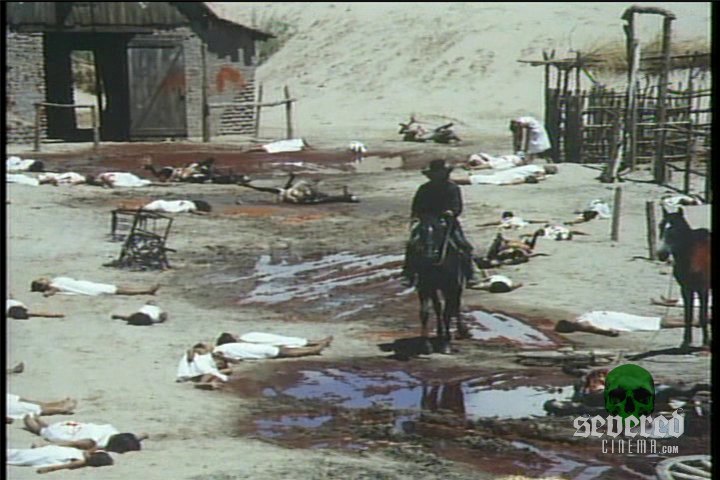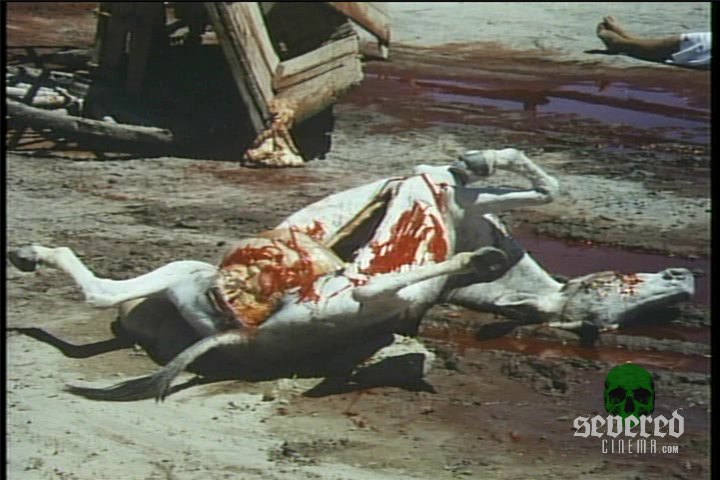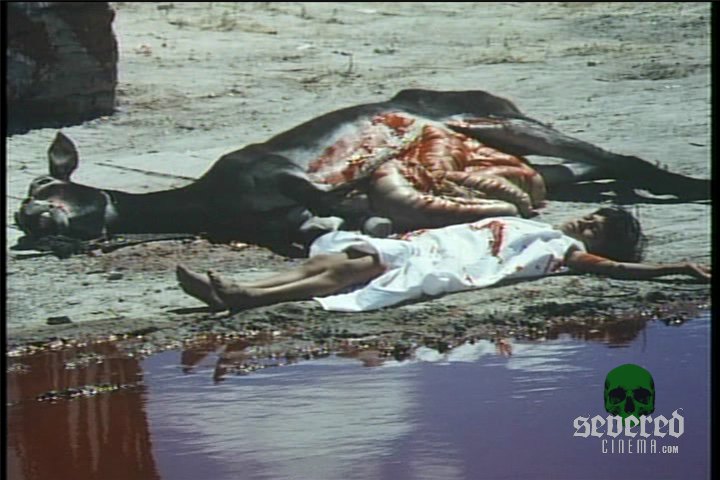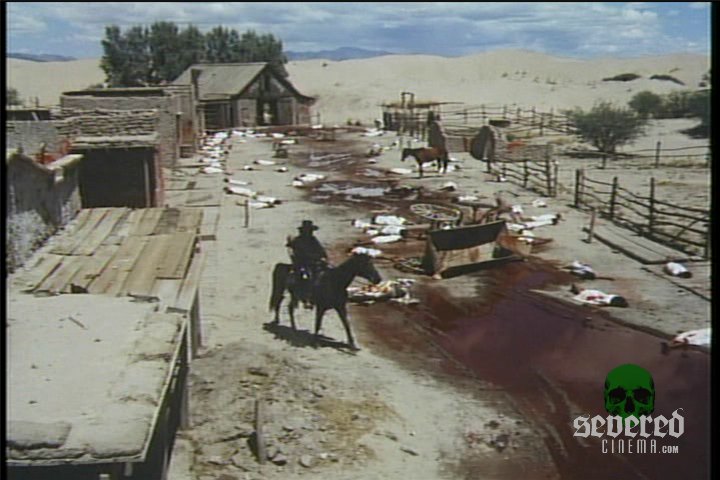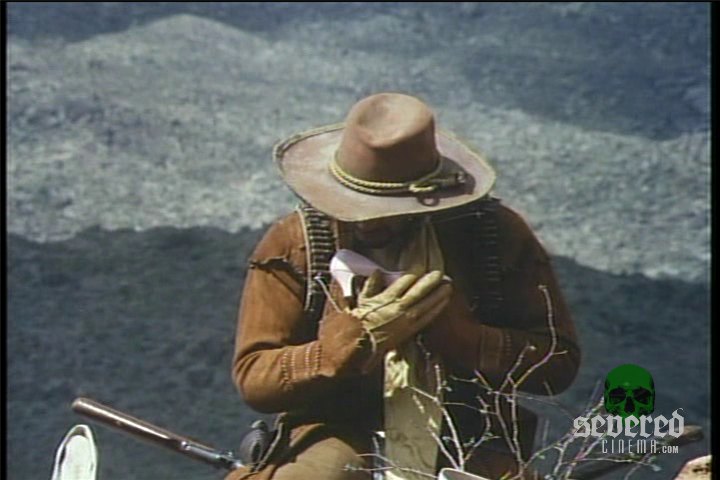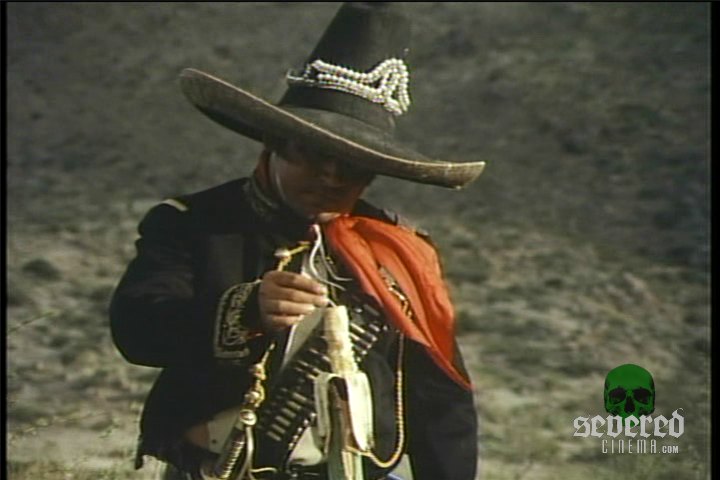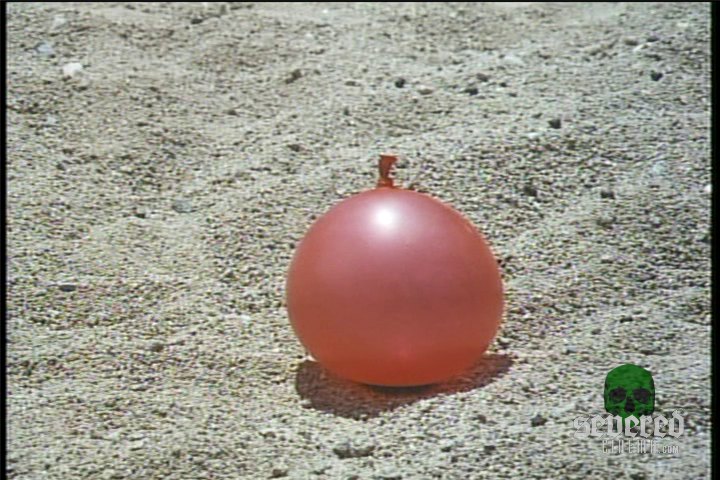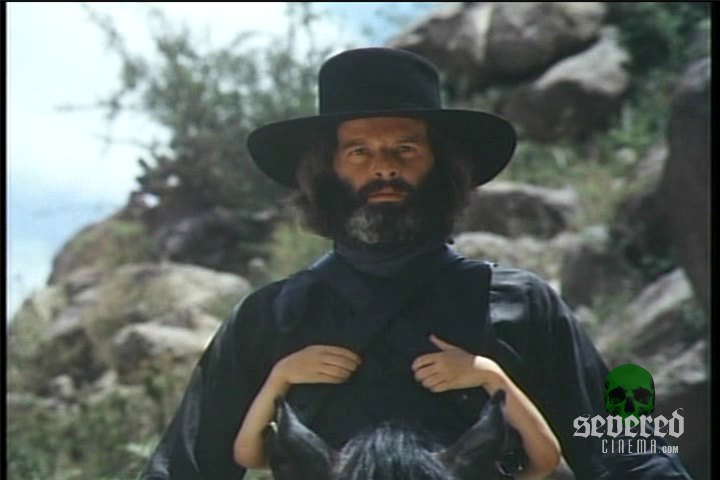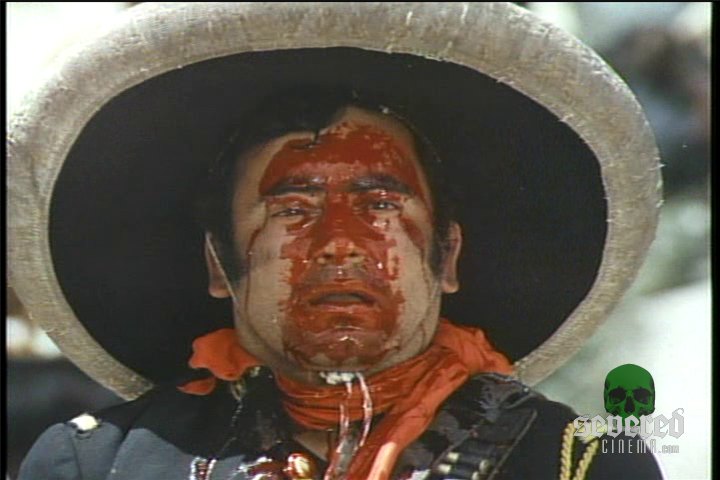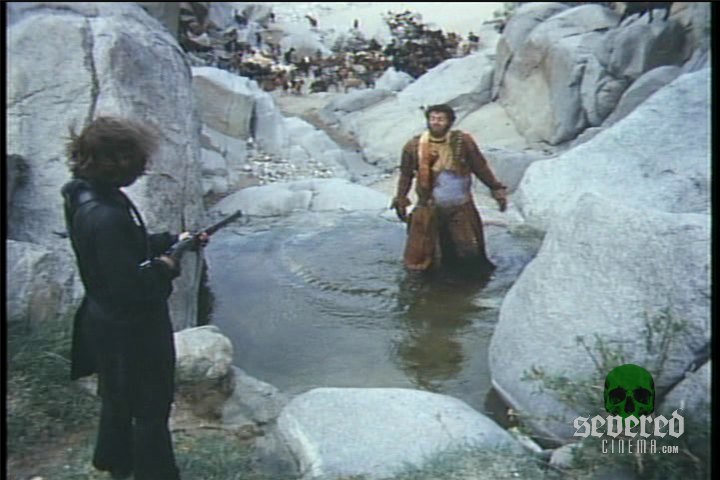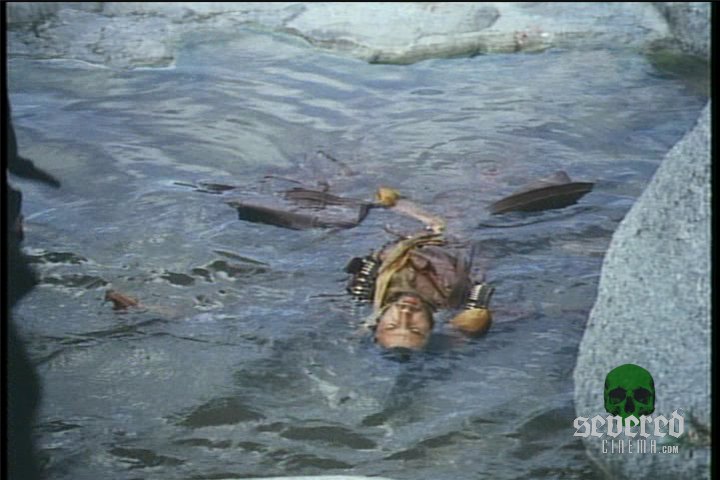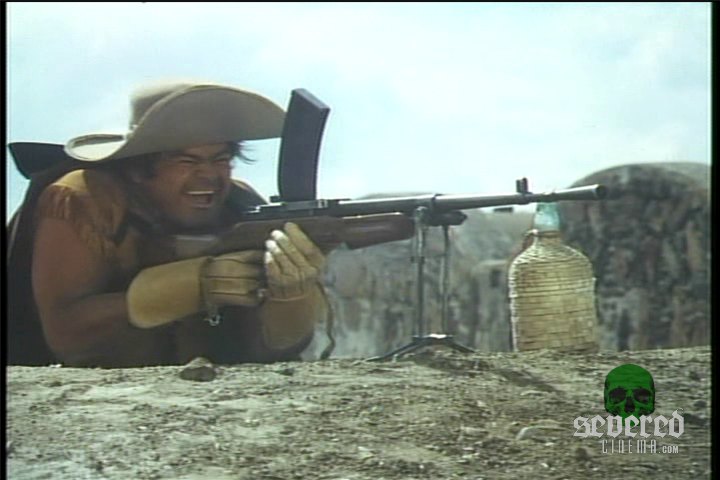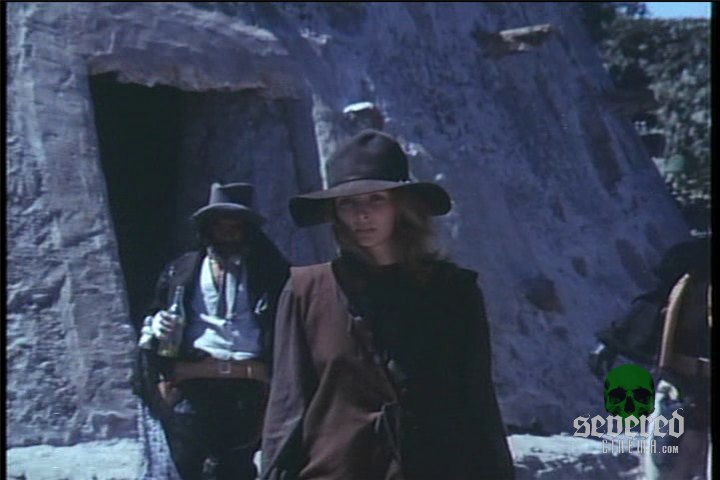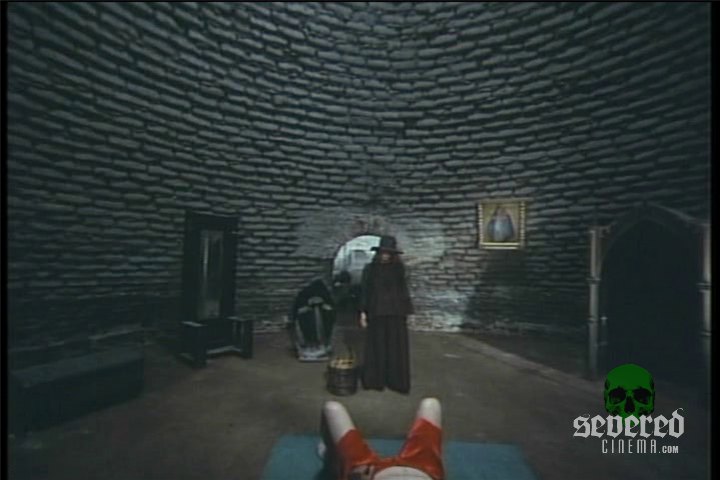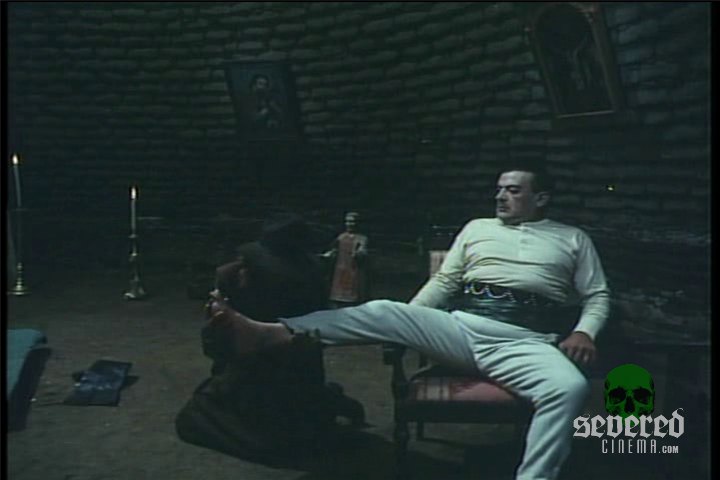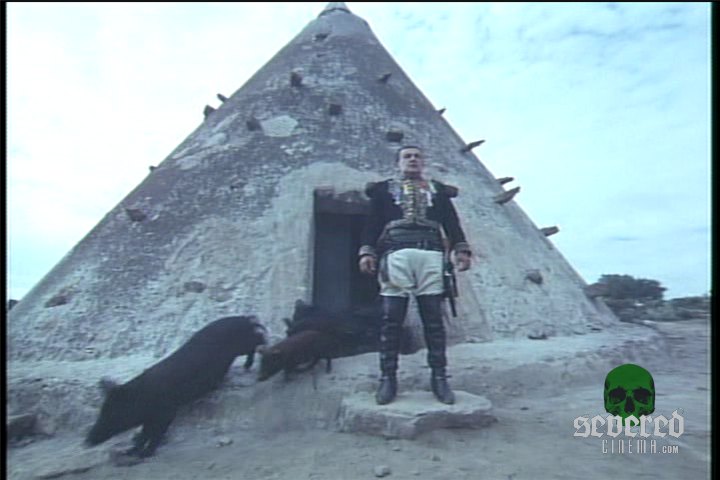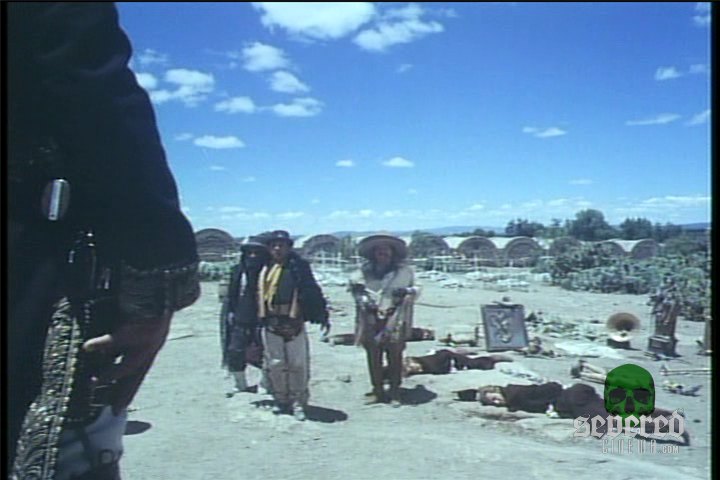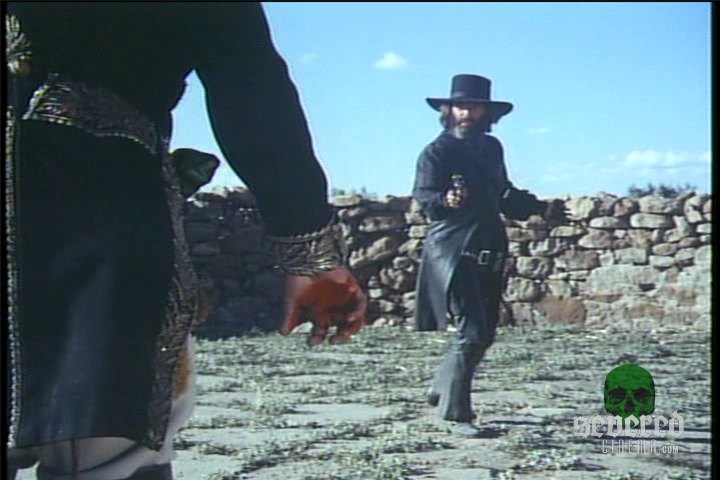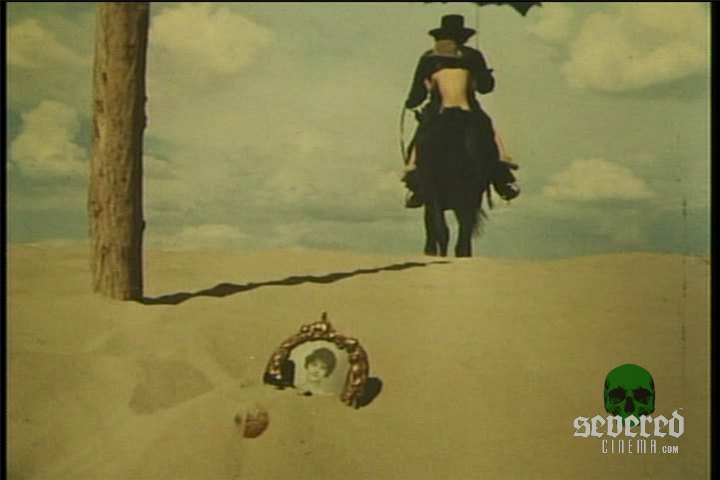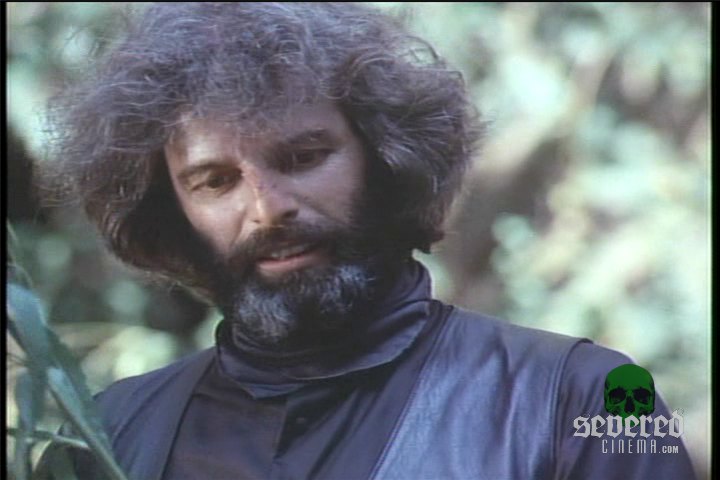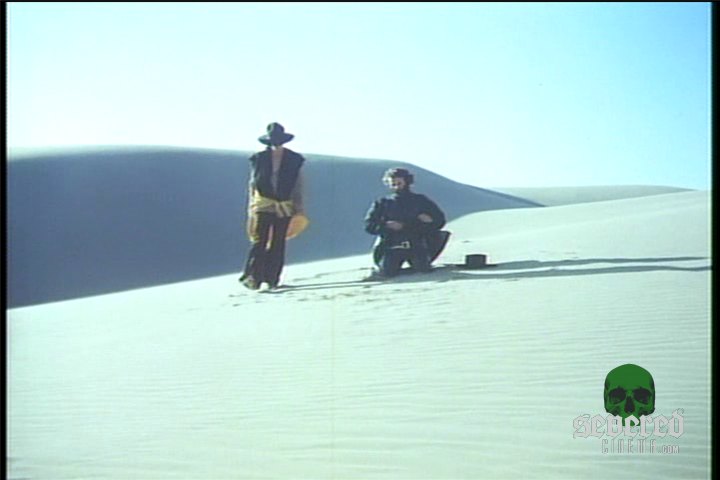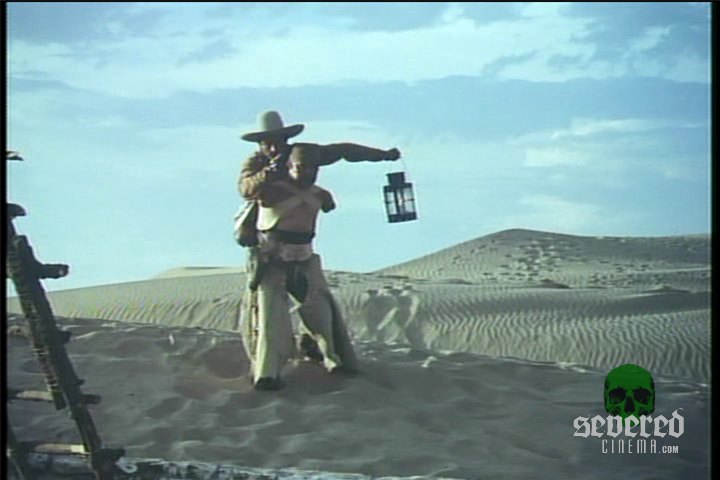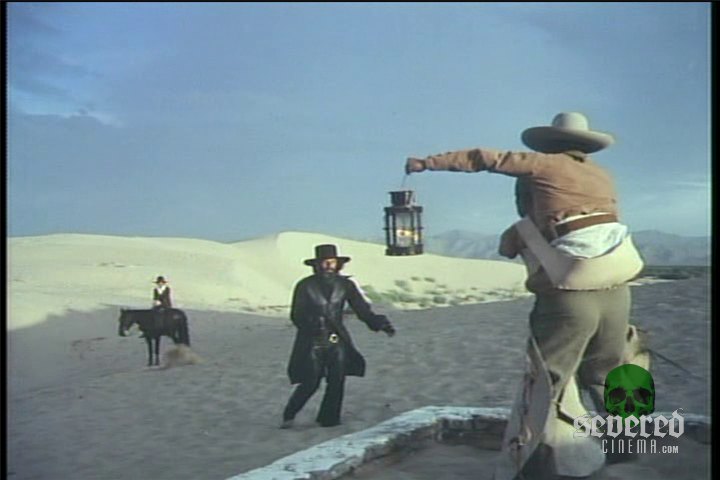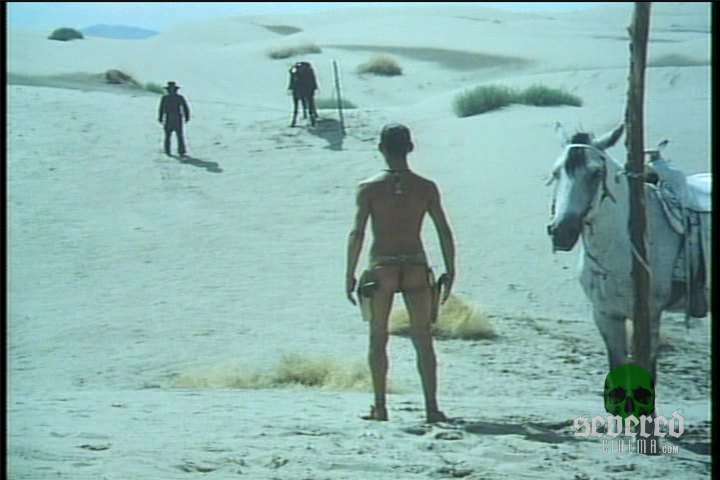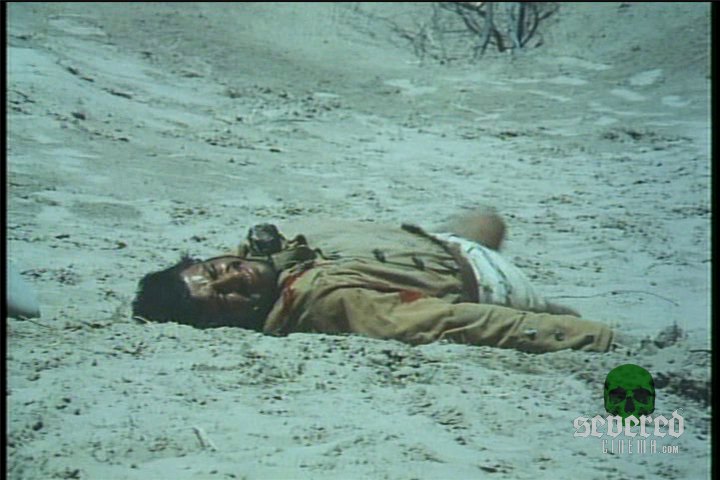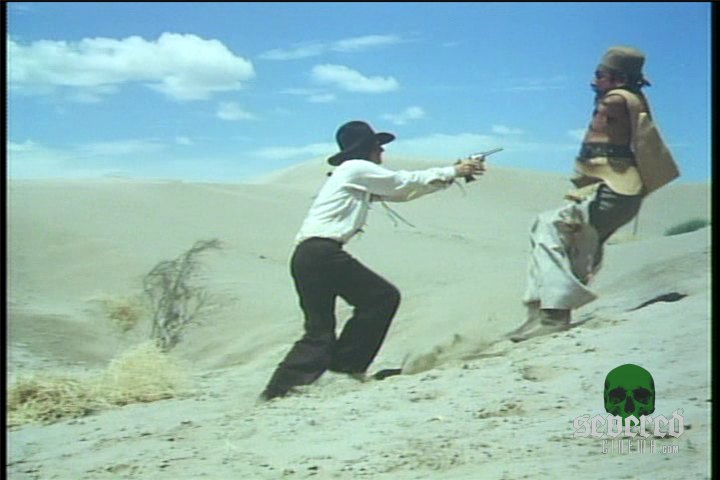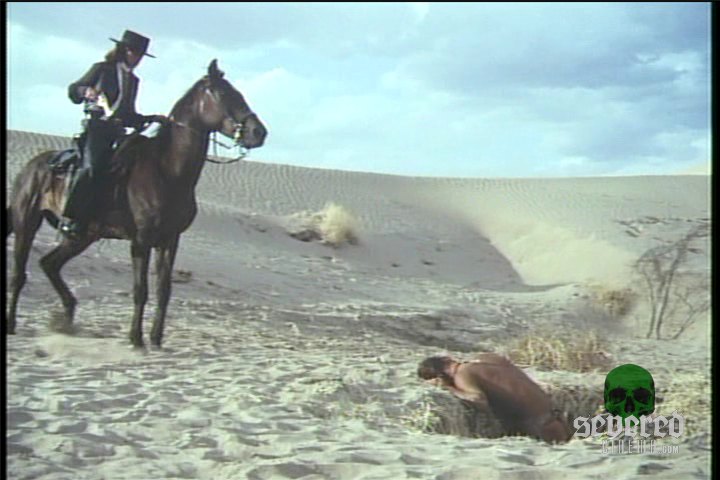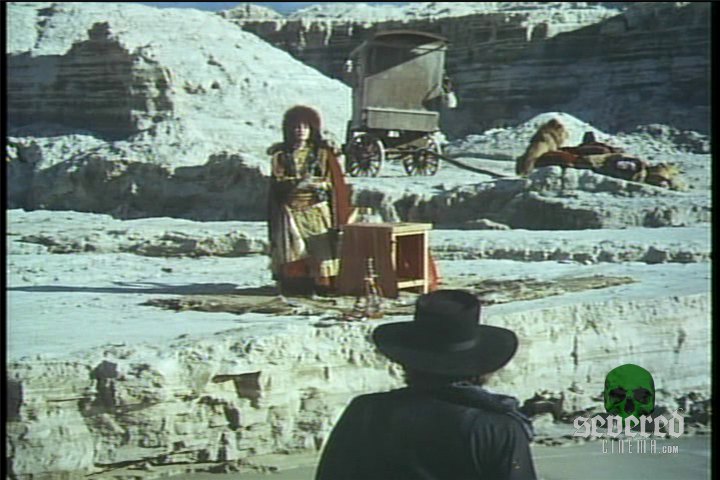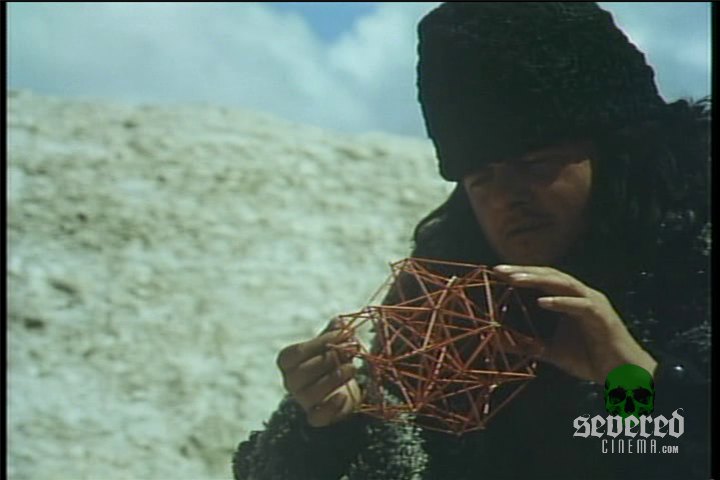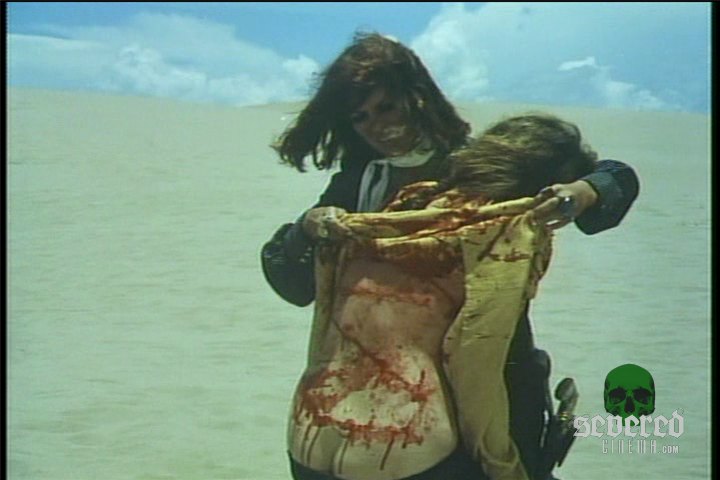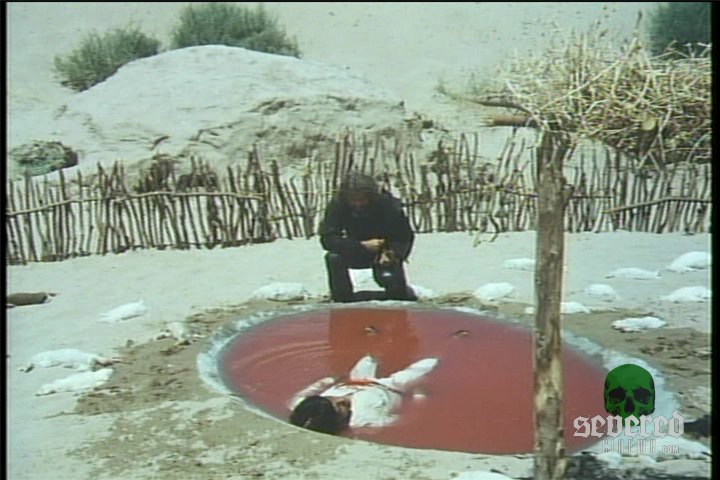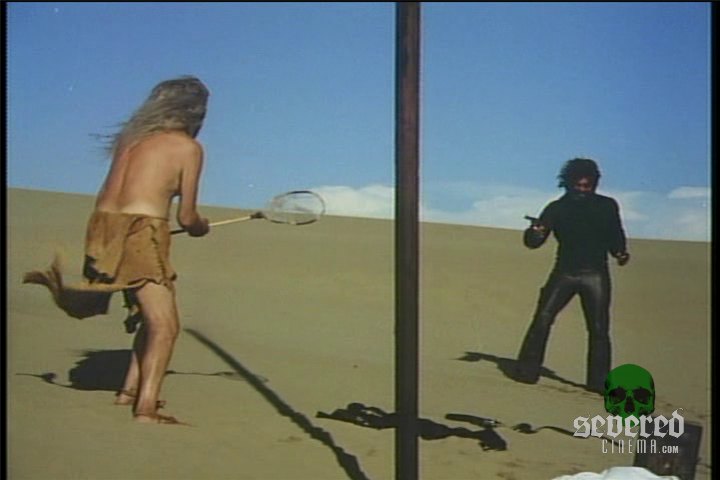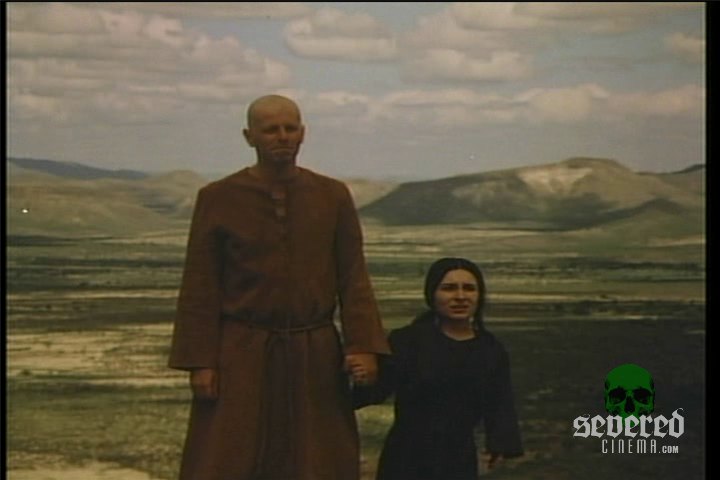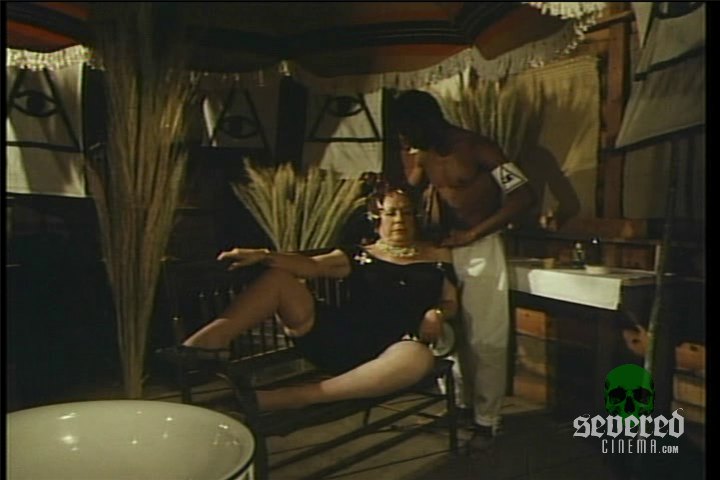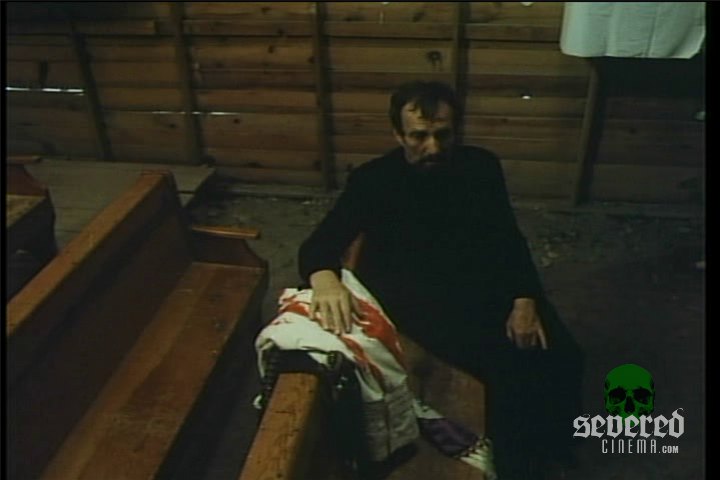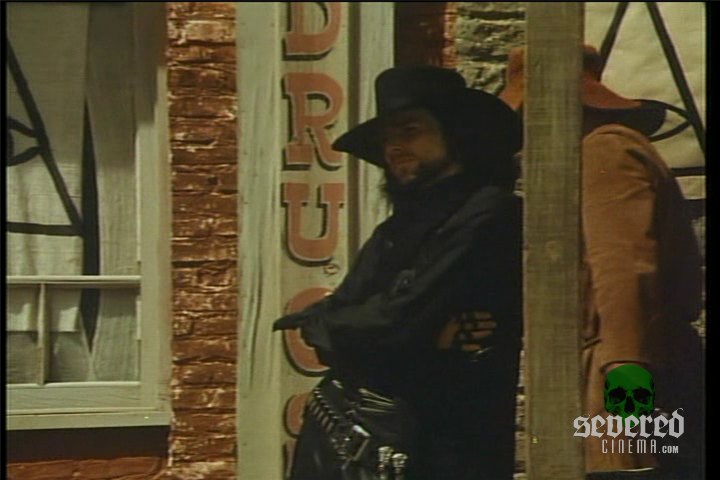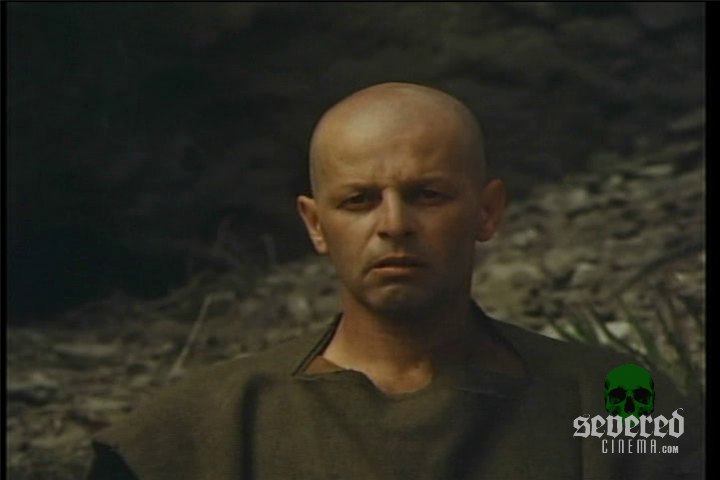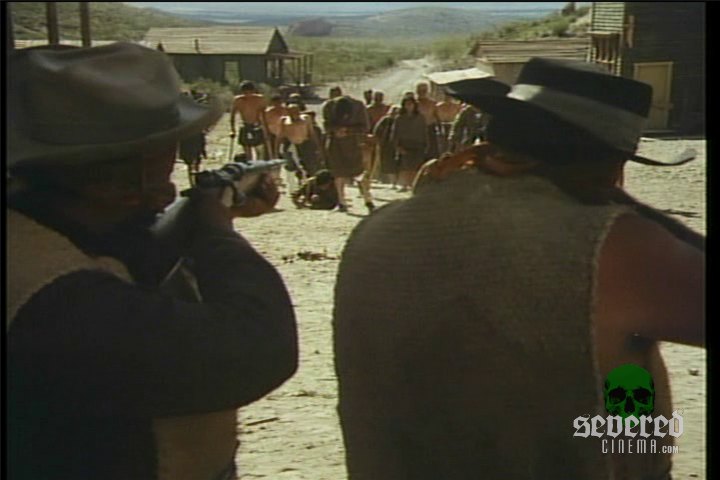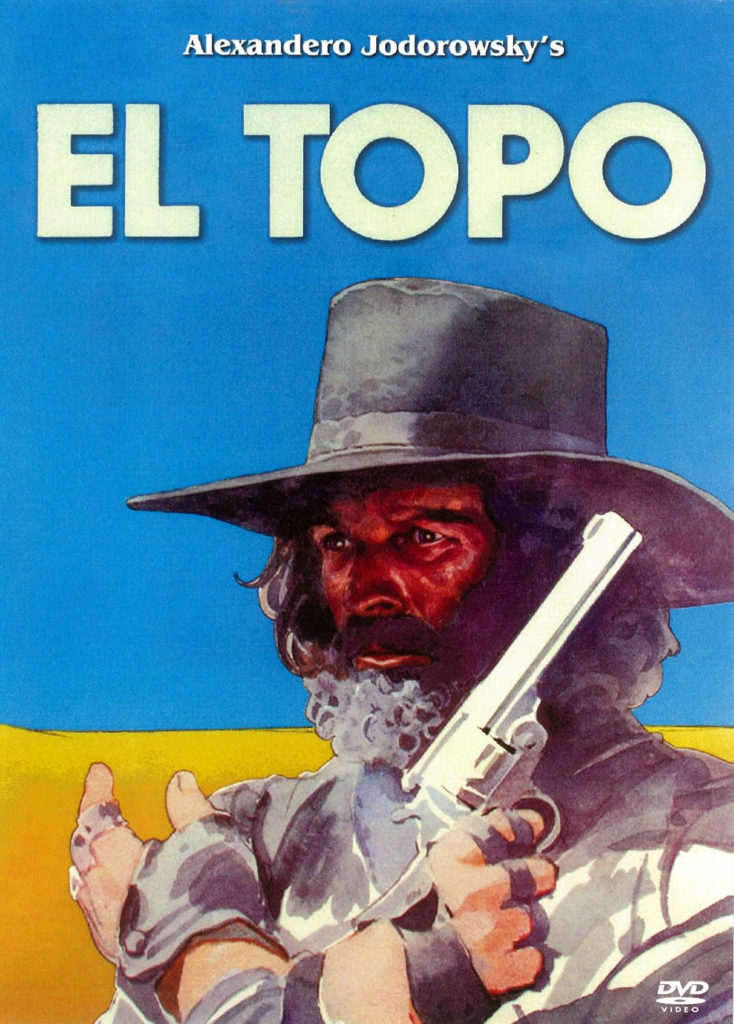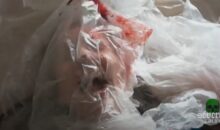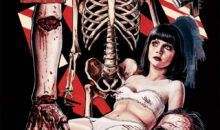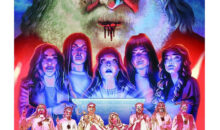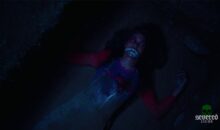Alejandro Jodorowsky’s Cinematic Alchemy: Unravelling the Surreal Masterpiece that is El Topo on DVD from Euro Cult!
El Topo (The Mole) by multi-talented many lives lived, Alejandro Jodorowsky, is heralded by many still to this day as one of the greatest films of all time — as is his later work, Santa Sangre. Alejandro’s films aren’t to be taken simply at face value and may require more than one viewing to fully feel the immersing of his film experiences. As Lucio Fulci would have probably described El Topo (as he did his own The Beyond and Argento’s Inferno), it is pure cinema — something so visual and deep that it becomes far more than just a movie.
Rewind to a youthful me, and I read a wonderful book via Creation Press called ‘Inside Terrordome,’ which is an incredibly well researched tome about human deformities and oddities throughout the ages. Of course, cinema is included. El Topo receives far more than a passing mention, thus my young mind was sparked.
Many years later I found a VHS copy in a local second-hand movie store. El Topo changed my perception of cinema. It is a western, an epic, a horror, an action flick, a study of the human mind and spirit. It’s twisted and frankly a religious awakening within. Its infamous reputation grew upon its success among the glorious run of midnight movies alongside The Rocky Horror Picture Show, etcetera. John Lennon ‘discovered’ it and tried to build it more and more so as many as possible may feel it.
El Topo is divided into sections and chapter headings but also four significant levels — ruthless gunfighter, betrayal, rebirth, and realisation. It’s one of those things that everybody may see differently. For instance, my Partner in Gore, Willow, when I asked her afterwards how she saw it all, she described things which were so uniquely varied from my own views, but I learnt from her words, as she did mine.
El Topo is a gunslinger (played by Alejandro) dressed in black who wanders the deserts and ruined villages with his young naked son. We first see them crouched as his lad, Hijo (played later in the movie by his real son, Brontis), buries remnants of his childhood and a portrait of his mother before they leave on horseback. This is his passage to manhood beginning.
On their journey they chance upon a settlement filled with dead people and animals laid all over the place. They cross a pool of blood to find one survivor who names the one responsible. It is The Colonel and his ragtag group of bandits.
Cut to comical music (usual in spaghetti westerns when we meet Mexicans, y’know). We see three of The Colonel’s party kissing women’s shoes and such. They see El Topo so swarm around him, challenging him to a duel. Doesn’t end well for them. El Topo gets more information on his new nemesis, thus seeks out the whole gang.
Freeing a gaggle of young monks from the clutches of The Colonel, plus a woman slave, El Topo leaves The Colonel humiliated and broken, so much the man takes his own life. The woman decides to latch onto El Topo, who leaves his son with the monks to be raised away from danger. He calls her Marah. On their travels he shows her how to find water and food in the miles of scorched earthen desert landscapes before she pushes him into a new mission — to seek and kill the four great gun masters who live deep in the desert. El Topo accepts.
He admits that they are better than him upon meeting them so must find a way to beat each one unfairly. As these showdowns happen, he learns more about the darkness within him until it rips him apart. Alas it’s all for nothing, for Marah has found love with a female gunslinger who followed them from the beginning as they spiralled the desert from the outside in. El Topo is betrayed and shot by both women — in places to imitate stigmata (earlier in the movie he referred to himself as “God”). Afterwards his seemingly lifeless body is found and carried away by disabled hunters, some of whom have no arms and legs.
Awakening many years later inside a mountain, he is heralded as a godhead to the population of handicapped people, rendered so by incest apparently. He is seen as the one who will lead them to a better place, because at the foot of the mountain is a town which they think will save them.
El Topo is shaved bald, throws away his prior lifestyle of violence as in his coma state he has meditated over all the lessons presented to him, and decides to climb to the peak, then down the paths to the town. He takes a companion, a girl who tended his body for years, she dotes on him. Forced to beg day after day, then digging into the mountain for many hours, the two feverishly battle to free her people, regardless of the nightmare that exists in this town…
Just about every scene is a glorious moment captured, violence, backgrounds, the people — all beautiful. Some could be sleeves to albums. The four gunslingers are remarkable, representing the senses, strength, spirituality, and such. There are secondary characters in the first few chapters that stand out, such as the guardian of the first and blind master — two men as one. One guy has no arms, he carries a man with no legs thus making one fighter. A corpse that bees have turned into a hive, pigs swarming behind The Colonel, these images are questions, they question the viewer to ponder why.
Later, as El Topo is reborn, his companion, Mujercita, and his vengeful son, Hijo, take centre stage alongside him. It all ends sadly and dripping with symbolism, but the conclusion is the only way.
The creator plays his character with rawness, showcasing emotions from directionless rage to humanity. Other names such as David Silva (Alucarda) brings flesh to The Colonel and his final moments are quite pathetic. Mara Lorenzio is Marah (huh?) reeks of anger and betrayal from the start. Of the four masters, each actor is incredible, understanding their role, yet it’s Agustin Isunza as the fourth which truly nails the lesson in.
Alejandro has attempted over the decades to make a sequel, originally titled, Sons of El Topo, and then Abel Cain. Supposed to be set after an apocalypse, as the brothers are haunted by a curse over their heads. Awesomely early attempts were to star Johnny Depp and Marilyn Manson. Funding always collapsed, so this sequel was released in three-volume graphic novel.
El Topo has influenced many. It is probably Alejandro’s most perfect film. Santa Sangre and The Holy Mountain do come close but don’t capture this swarm of emotions in a bottle the same way El Topo does.
Alejandro’s life is one long complex eventful film in itself, some of which is covered through his most recent two movies, The Dance of Reality and Endless Poetry. From mime, comic books, and a Tarot system, he’s done all of this plus much more.
El Topo has had releases via Tartan, Arrow Video, etcetera, over the years — all very complimentary to the visual treat contained within. I genuinely feel that the best way to see it is on the big screen, but I’ve never been able to. My version is via Euro Cult all region NTSC DVD from France presented 1.33:1 full frame in its original aspect ratio despite the back of the DVD packaging claiming 2.35:1. The audio is presented Dolby Digital English mono. This release has a bit of blurring on nudity from time to time. Extras are really basic, aside from a 22-minute director’s interview.
If you haven’t seen this masterpiece of the surreal (dubbed an “acid western”) then it’s worth wandering the deserts to locate and claim a copy. It has horror, tragedy, comedy, and some neat gore for the hounds out there.
AKA: The Mole
Directed by: Alejandro Jodorowsky
Written by: Alejandro Jodorowsky
Produced by: Mick Gochenour, Juan Lopez
Cinematography by: Rafael Corkidi
Editing by: Federico Landeros
Music by: Alejandro Jodorowsky
Special Effects by: Alejandro Jodorowsky
Cast: Alejandro Jodorowsky, Bronis Jodorowsky, Mara Lorenzio, Paula Romo, Jacqueline Luis, David Silva
Year: 1970
Country: Mexico
Language: English Dubbed
Colour: Colour
Runtime: 2h 4min
Studio: Producciones Panicas
Distributor: Euro Cult
DVD SPECS:
Aspect Ratio: 1.33:1 Full Frame
Region: NTSC R0
Audio: Dolby Digital Mono
SUPPLEMENTAL MATERIAL:
– Interview with director Alejandro Jodorowsky
– Original Japanese Trailer
– Cast and crew notes
– Photo gallery
